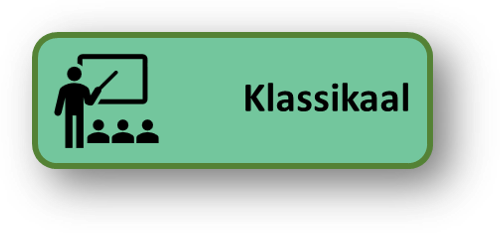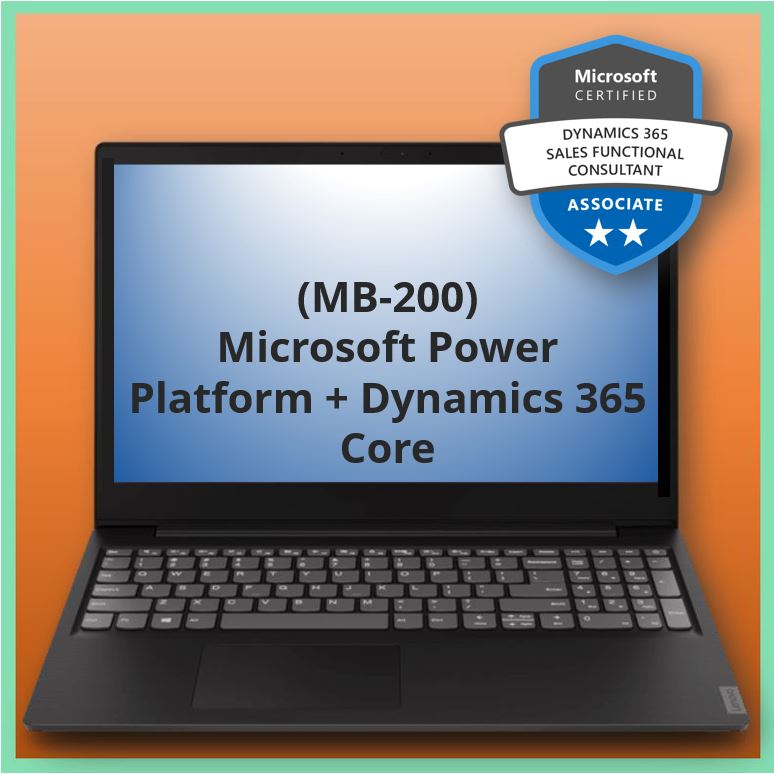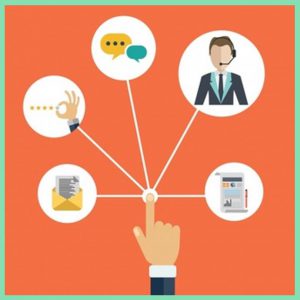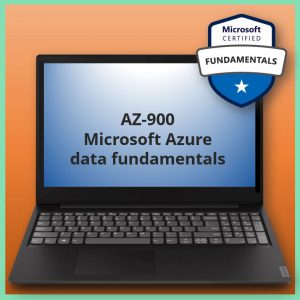Aangeboden leervormen

Microsoft Power Platform + Dynamics 365 Core (MB-200)
The Microsoft Power Platform helps organizations optimize their operations by automating routine tasks and standardizing best practices. This training provides a high-level overview of the capabilities of Microsoft Dynamics 365 and the Power Platform and provides a foundation for other Microsoft Dynamics 365 and Power Platform training offerings. High-level topics include application configuration, automation opportunities, integration, testing, and deployment.
Skills gained
Identify platform components.
Understand administrator options.
Effectively model data.
Build a basic model-driven or canvas application.
Identify testing strategies and methodologies.
Identify integration opportunities.

Voor wie
A Dynamics 365 Functional Consultant is responsible for performing discovery, capturing requirements, engaging subject matter experts and stakeholders, translating requirements, and configuring the solution and applications. The Functional Consultant implements a solution using out of the box capabilities, codeless extensibility, application and service integrations.
Programma
Module 1: Power Platform overview
In this module, you will learn the basics of the Power Platform. You will tour the various administrator portals and install applications.
Lessons
• Overview
• Configure Power Platform environments
• Creating applications
• Discovery and planning
After completing this module you will be able to:
Identify common platform components and their uses.
Module 2: Data Modeling
In this module you will learn how to model data effectively using the platform’s entities, attributes and relationships.
Lessons
• Data model fundamentals
• Relationships
• Other entity options
• Other field options
• Internationalizing
After completing this module you will be able to:
• Create and use relationships and entities.
Module 3: Model-driven apps
In this module you will learn about model driven applications and how to configure and use them.
Lessons
• Configure model-driven apps
• Configure model-driven forms
• Configure views
• Configure model-driven charts
• Configure model-driven dashboards
• Configure reports
After completing this module you will be able to:
• Create and modify forms.
• Create and modify views and dashboards.
• Identify and use other user experience components.
Module 4: Canvas apps
In this module you will learn how to create and use canvas apps, as well as learn the differences between canvas apps and model-driven.
Lessons
• Application fundamentals
• Working with data and services
• Customizing the user experience
• Integration with model-driven apps
After completing this module you will be able to:
• Create a canvas app.
• Work with CDS data.
Module 5: Security
In this module you will learn how the platform’s security model manages users’ experiences and access to both data and functionality.
Lessons
• Security overview
• Business units
• Manage security roles
• Manage teams
• Configure hierarchy security
After completing this module you will be able to:
• Create and use business units.
• Create, modify and use security roles.
Module 6: Platform Automation Overview
In this module you will learn the basics of the Power Platform automation capabilities.
Lessons
• Automation overview
After completing this module you will be able to:
• Identify common platform automation capabilities.
Module 7: Business Rules
In this module you will learn how to build and use business rules and how they work alongside other platform automations.
Lessons
• Introduction to business rules
• Additional business rule details
After completing this module you will be able to:
• Create and use business rules.
Module 8: Workflows
In this module you will learn how to build and use workflows and how they work alongside other platform automations.
Lessons
• Introduction to workflows
• Building workflows
• Advanced workflows
After completing this module you will be able to:
• Create and use workflows.
Module 9: Microsoft Flows
In this module you will learn how to build and use Microsoft Flows and how they work alongside other platform automations.
Lessons
• Introduction to Microsoft Flow
• Other Flow concepts
• Working with CDS
• Building approval flows
• Starting from apps
• Flow deployment considerations
After completing this module you will be able to:
• Create and use Microsoft Flows.
Module 10: Business Process Flows
In this module you will learn how to build and use business process flows and how they work alongside other platform automations.
Lessons
• Introduction to business process flows
• Configure business process flows
• Additional business process flow details
After completing this module you will be able to:
• Create and use business process flows.
Module 11: Introduction to integrations
In this module you will learn the basics of the Power Platform integration capabilities. You will learn how to configure and use email integrations.
Lessons
• Overview of common scenarios
• Email integration
• Outlook integration
After completing this module you will be able to:
• Identify common integrations,
• Configure and use email integrations.
Module 12: Integration with Office
In this module you will learn how to integrate with common Office products like OneNote, Word and Excel.
Lessons
• Templates
• SharePoint
• Microsoft Teams
• Additional integrations
After completing this module you will be able to:
• Configure and use integrations with Office products.
Module 13: Managing Data
In this module you will learn how to import and export data for the Power Platform and create and use data maps.
Lessons
• Managing data overview
• Duplicate detection
• Importing data
• Exporting data
• Bulk delete
After completing this module you will be able to:
• Import and export data.
• Create and use data maps.
• Perform bulk delete.
Module 14: Manage Instances and Applications
In this module you will learn how to enable and update first-party applications; install third-party apps and configure using admin portals.
Lessons
• Overview
• Manage applications
After completing this module you will be able to:
• Enable and update first-party apps.
• Install third-party apps.
Module 15: Manage Solutions
In this module you will learn how to create, manage and deploy solutions.
Lessons
• Solution concepts
• Planning and creating solutions
• Working with solution components
• Distributing solutions
• Working with managed solutions
After completing this module you will be able to:
• Create solutions.
• Deploy customziations.
Module 16: Additional Deployment Considerations
In this module you will learn how to configure for mobile and deploy components such as Microsoft Flow.
Lessons
• Configure settings
• Mobile configuration settings
• Mobile configuration
After completing this module you will be able to:
• Configure for mobile.
• Deploy components.
Examen
MICROSOFT MB-200
Duur training
Klassikaal: 4 dagen







